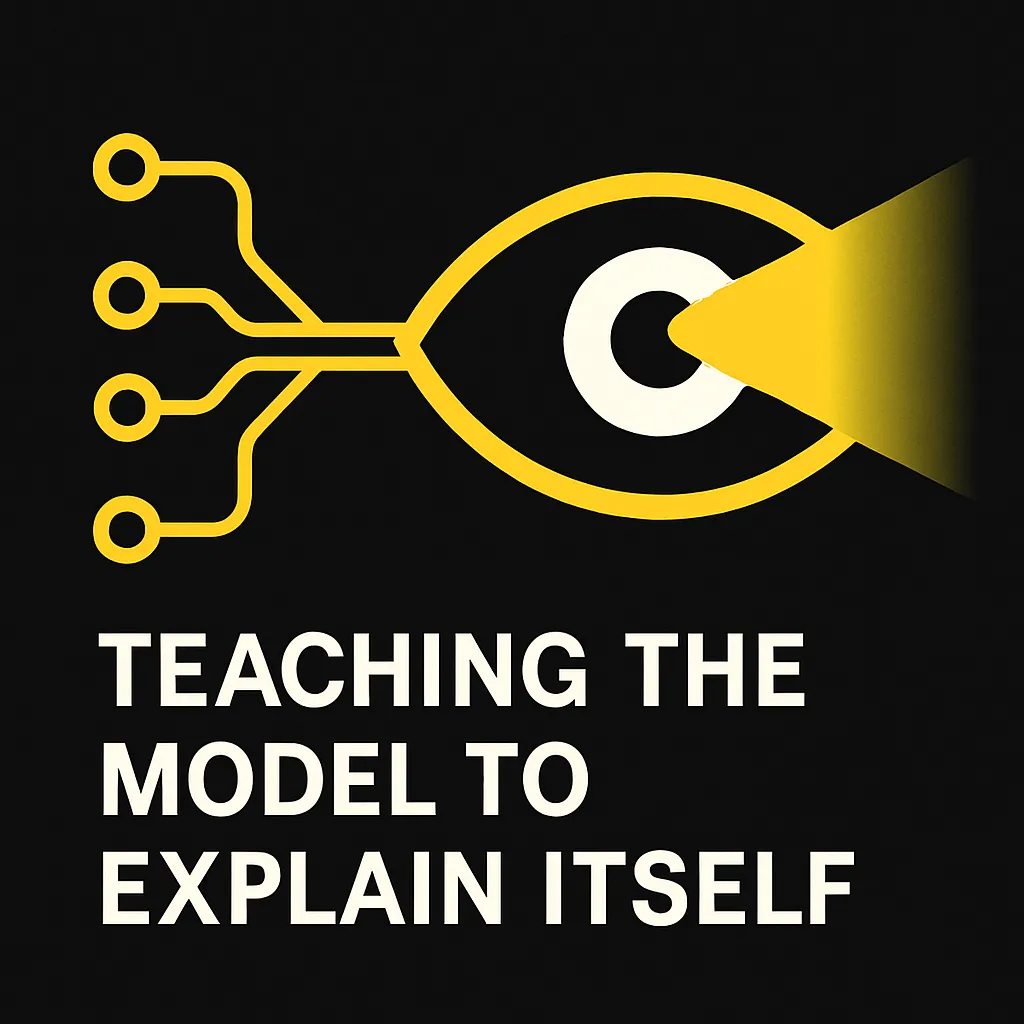
Teaching the Model to Explain Itself: Making Machine Learning Visible
“Transparency isn’t a constraint; it’s the foundation of trust.” - The Learning Border Manifesto
Introduction — Seeing Through the Model’s Eyes
Every image teaches, but only if we understand what the system learned from it.
As machine learning becomes part of public decision-making, one question matters most: why did the model make that choice?
When technology can explain itself, learning becomes transparent.
When it can’t, learning becomes a mystery — and trust quickly fades.
This essay explores how explainable AI can make complex systems more understandable, ethical, and reliable; how it helps people and algorithms learn faster together; and why visibility is the key to sustainable innovation.

Explaining the Invisible
Machine learning models often behave like black boxes — powerful, accurate, but silent about their reasoning.
Explainable AI (XAI) changes that. It turns hidden computation into visible insight.
Through visualisation and interpretation, explainable systems can show what features influenced a decision and how they did it. Instead of asking people to trust results blindly, we give them the context to understand those results.
That shift — from performance to explainability — is what makes automation ethical and auditable.
The Human Loop of Understanding
When people and models learn together, both become smarter.
Humans bring context, intuition, and domain expertise. Models bring scale, pattern recognition, and speed.
But learning together requires dialogue.
When the model can highlight where it looked and why it reached a conclusion, the human can correct, refine, or validate that logic.
This interaction creates a feedback loop of understanding — where both sides teach each other.
Transparency doesn’t just build trust; it accelerates learning.
Feedback as a Form of Integrity
Explainability gives us more than insight; it gives us accountability.
When every prediction can be traced back to its reasoning, confidence replaces uncertainty.
Feedback then becomes more than performance data — it becomes ethical infrastructure.
It’s not enough for a system to be accurate; it must also be understandable.
That’s what makes machine learning fit for public service and human-centred design.
Ethics as an Enabler of Innovation
Responsible AI isn’t about slowing progress; it’s about sustaining it.
When transparency and fairness are built into the system from the start, innovation becomes safer and more scalable.
Ethical assurance transforms trust from a one-off achievement into an ongoing relationship.
In open, explainable systems, learning and accountability grow together.
A Model That Reflects Back
Imagine a system that doesn’t just make predictions but also reflects on them — showing you how it arrived there, what it found convincing, and what it’s uncertain about.
That reflection is the future of intelligent infrastructure.
A model that can explain itself isn’t just learning; it’s thinking aloud.
And when a system can think aloud, it can be corrected, improved, and trusted.
That’s how transparency turns automation into understanding — and understanding into foresight.
Key Takeaway
When machines learn to explain themselves, trust stops being an act of faith and becomes a product of design.
Explainability is not an optional feature; it’s the language that allows people and systems to learn together.
